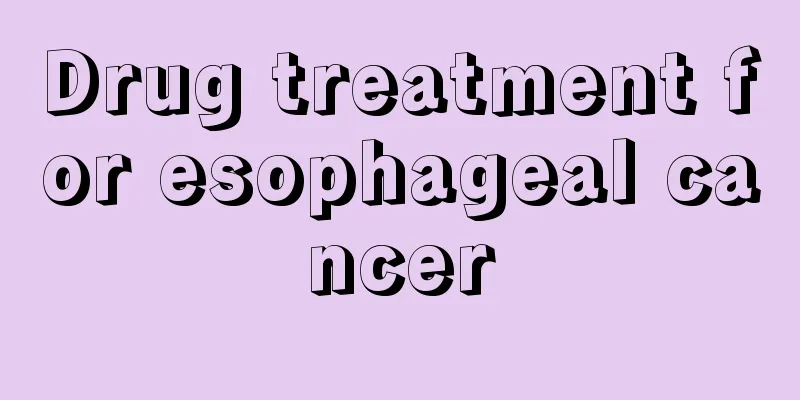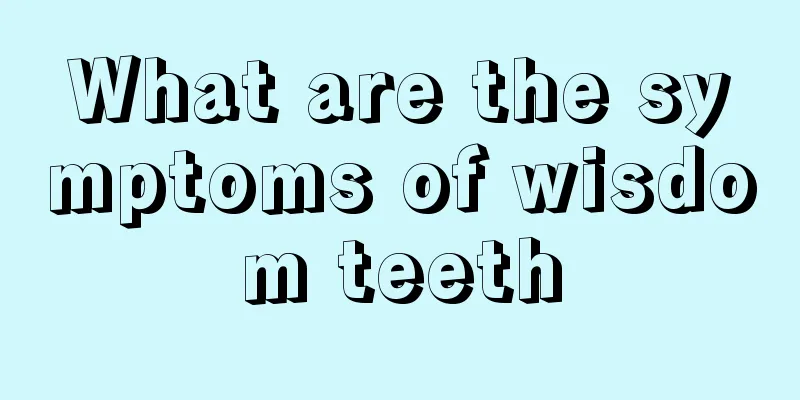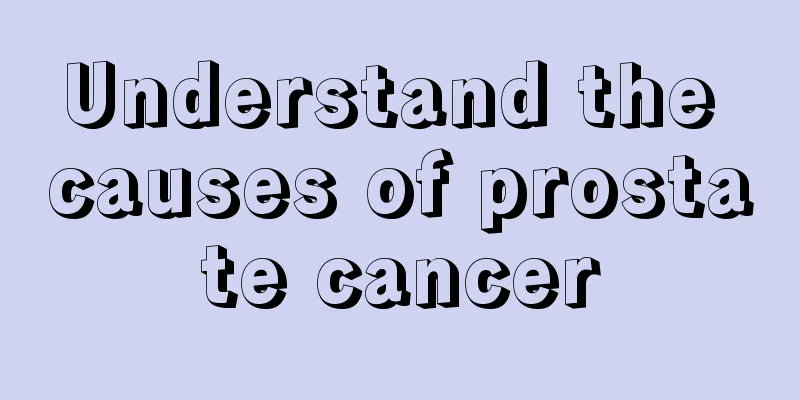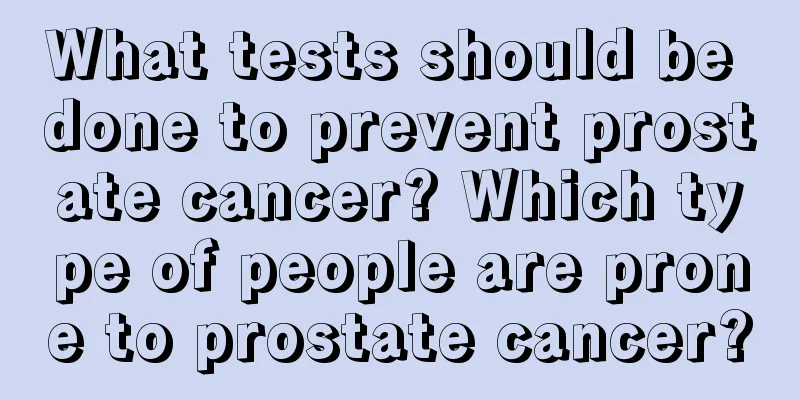Drug treatment for esophageal cancer

|
The proliferation cycle of normal esophageal epithelial cells is the longest in the human digestive tract. It takes about 1-2 years for the esophageal basal cells to go from severe proliferation to cancer. It usually takes 2-3 years, or even longer, for early esophageal cancer (cancer cells are found in cytological examination, but X-ray esophageal mucosal angiography shows normal or only mild lesions) to become advanced invasive cancer. Therefore, early treatment of esophageal cancer is more effective. Even in advanced cases, if treated properly, they can improve. Generally, surgery is suitable for earlier lesions; for later lesions, and those who are located in the middle and upper segments and are older or have contraindications to surgery, radiotherapy is preferred. 1. Chemotherapy The cell proliferation cycle of esophageal cancer is about 7 days, and the theoretical doubling time is about 10 days, which is slightly longer than the normal esophageal epithelial cell cycle, so there are fewer proliferative cells and more non-proliferative cells. Therefore, although there are many chemical drugs currently used for esophageal cancer, there are not many that are really effective. The most commonly used drugs are bleomycin (BLM), mitomycin-doxorubicin (ADM), 5-fluorouracil (5-Fu), methotrexate (MTX), cyclohexyl lomustine (CCNU), imipramine (MGAG), vinblastine alkaloids amide (VDS), etoposide (VP-16) and cisplatin (DDP). The remission rate of single-drug chemotherapy is 15% to 20%, and the remission period is 1-4 months. Most combined chemotherapy uses a combined chemotherapy regimen based on DDP and BLM, and the efficacy is mostly more than 30clo, with a remission period of about 6 months. Combination chemotherapy is not only used for advanced esophageal cancer, but also for combined treatment with surgery and radiotherapy. Currently, the commonly used combination chemotherapy regimens in clinical practice include DDP-BLM, BLM-ADM, DDP-VDS-BLM, and DDP-ADM-5-Fu. Clinical observations have found that chemotherapy drugs such as DDP, 5-Fu and BLM have radiosensitizing effects. In the past 10 years, such chemotherapy drugs have been used as sensitizers in combination with radiotherapy to treat esophageal cancer, and have achieved encouraging results. 2. Currently, traditional Chinese medicine treatment mostly adopts the main prescription plus syndrome differentiation and treatment, combining strengthening the body with promoting blood circulation and removing blood stasis. |
<<: Factors related to the incidence of lung cancer
>>: Diseases that should be identified in esophageal cancer
Recommend
What is the reason for coughing and clearing phlegm
Compared with fever, cough takes longer to heal. ...
What to do about the sequelae of laser treatment for myopia
In life, many of our friends will inevitably caus...
Why can you pull out canine teeth
Many people have two or four canine teeth. Some o...
Is Chinese medicine treatment for skin cancer during pregnancy reliable?
Skin cancer is a common skin disease among Caucas...
What to do if you have a loss of taste in your mouth and swollen and painful gums during radiotherapy for nasopharyngeal cancer
What should I do if I have a loss of taste in my ...
Is fungal keratitis contagious?
Fungal keratitis is generally not contagious, but...
What to do if my whole body is dry and itchy
Everyone should pay attention to their own hygien...
How does Traditional Chinese Medicine understand primary liver cancer
In traditional Chinese medicine, primary liver ca...
How to remove carbon pen marks
Some of the pens we use now are carbon pens. The ...
Factors affecting dysphagia after laryngeal cancer surgery
Patients with laryngeal cancer often experience s...
What are the common symptoms of bladder cancer? Be careful if you drink too much water, or you may get bladder cancer
In recent years, the incidence of cancer has show...
What are the health benefits of chicken bone grass dragon bone soup
Chicken bone grass and dragon bone soup is actual...
Correct exercise method for patients with tongue cancer
Now that transportation is well developed, people...
Where are the blood circulation acupoints?
Various acupoint pressing methods often appear in...
What can I eat to cure gray hair
Now, because the harm of our food is particularly...









